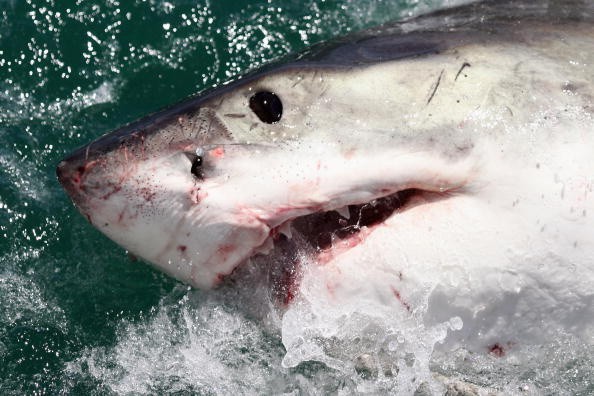
Although humans are the dominant species on the earth, our greater intellect does not protect us from being preyed upon by larger animals, known as man-eaters. Here are a few historical examples.
A man-eater is a predatory animal that hunts humans as a pattern of behavior. This excludes scavenging corpses, a solitary attack motivated by opportunity or urgent hunger, or the unintentional consumption of a person slain in self-defense. However, all three scenarios (especially the final two) can train an animal to eat human flesh or assault humans, perhaps leading to the development of man-eating behavior.
Related Article : Beware! 7 Cute Animals that Can Actually Kill a Person
Gustave the Nile Crocodile

Since the 1980s, a Nile crocodile named Gustave has terrorized villagers along Burundi's Ruzizi River and the northern beaches of Lake Tanganyika. It is thought to have killed around 300 people and was
the subject of a PBS program from 2004. The killer croc, estimated to be more than 18 feet long, has been the subject of several failed capture attempts. Gustave was last seen in the year 2015.
In areas where crocodiles are native, crocodile attacks on humans are widespread. More assaults and deaths are attributed to saltwater and Nile crocodiles than any other wild predator preying on humans for food. The Nile crocodile is blamed for hundreds of lethal attacks each year in Sub-Saharan Africa.
Tsavo Man-Eating Lions (Tsavo Man-Eaters)

Two male lions repeatedly attacked workers building a railroad bridge across the Tsavo River in what is now Kenya over several months in 1898. The lions, known as the Ghost and the Darkness, were said to have killed as many as 140 people and eaten many of them, although historians now believe the real number of people slain was closer to 35. The rogue lions were eventually hunted down and killed by Anglo-Irish engineer John Henry Patterson, whose pelts were rugs.
According to studies on man-eating lions, African lions consume humans as a supplement to other food, not as a last resort. According to a South African news website, three rhino poachers were mauled and eaten by lions at Sibuya Game Reserve in the Eastern Cape province of South Africa.
The Shark that Inspired Jaws (1916 Jersey Shore Shark Attack)

It's not unusual for stories about man-eating animals to make it into popular culture. For example, American novelist Michael Crichton's book Jaws was inspired by a series of shark attacks that killed four people and injured one in the US state of New Jersey in July 1916. Two men were slain while swimming at local resorts early that month, and a week later, 11-year-old Lester Stillwell and his would-be rescuer, Stanley Fisher, were also killed. Local fishers went on a shark-killing rampage, killing a seven-foot great white shark that many thought was the man-eater. Its involvement, however, was never entirely proven. It's now thought that more than one shark was involved in the attack.
Contrary to common assumption, only a few shark species have been identified as posing a severe hazard to people. The most deadly species can be indiscriminate, eating any prospective food they come across (for example, an oceanic whitetip shark might consume a person resting in the water after a shipwreck), or bite out of curiosity or misidentification (as with a great white shark attacking a human on a surfboard possibly because it resembles its favored prey, a seal).
For more animal news, don't forget to follow Nature World News!
© 2025 NatureWorldNews.com All rights reserved. Do not reproduce without permission.





